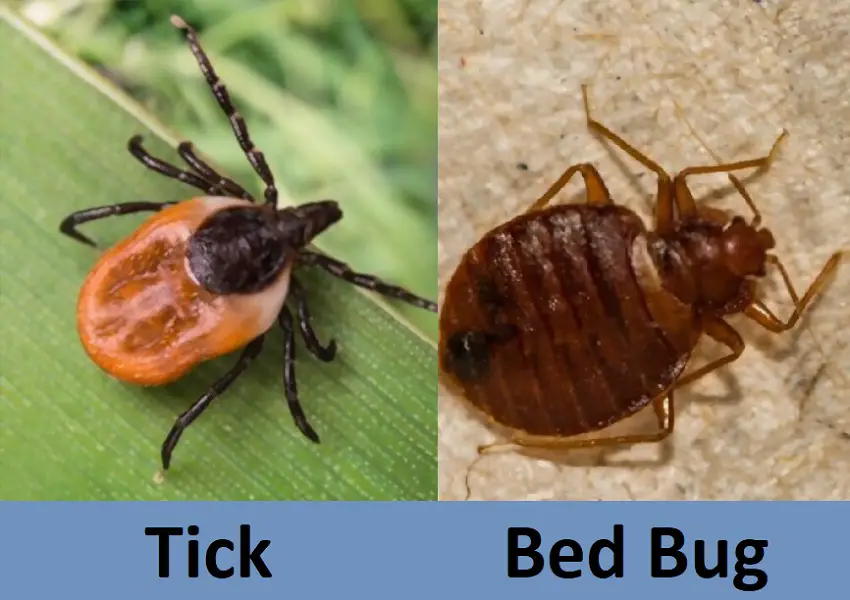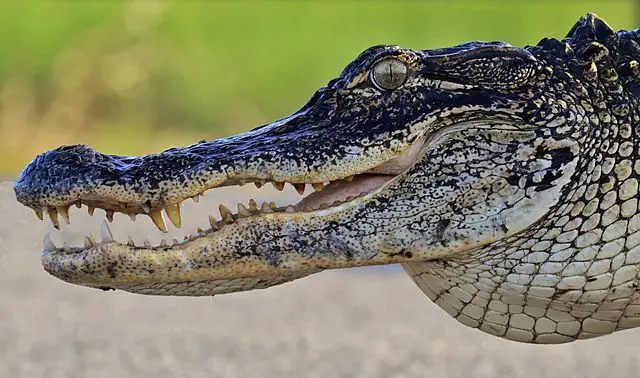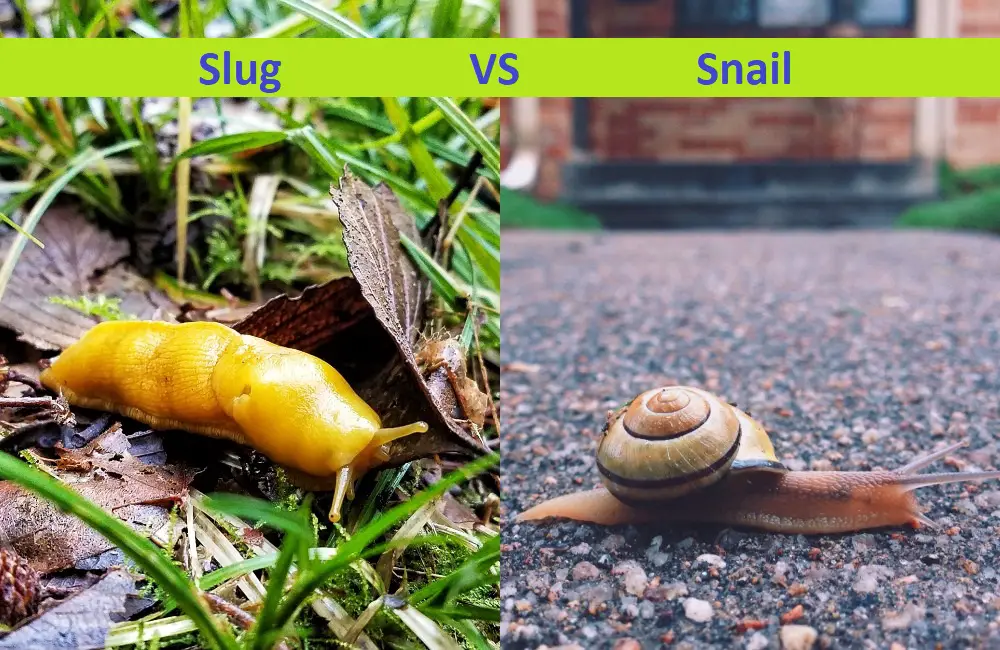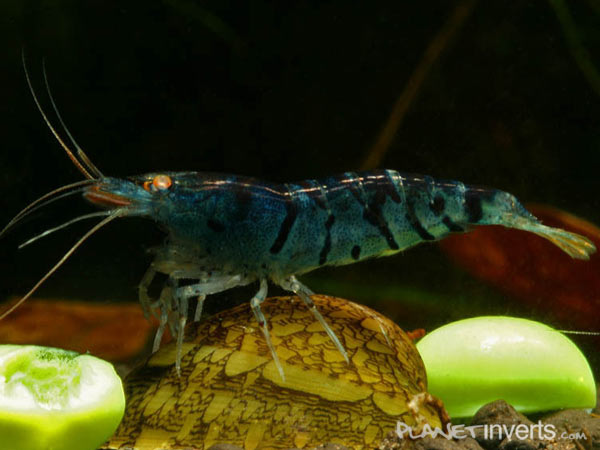Tick Vs. Bed Bug: 7 Key Differences
Differentiating between parasites can be quite touchy, especially when they are small. That is why we often have such a hard time when it comes to tick vs bed bug.
But as these parasites can cause diseases amongst humans, it can be helpful to know the difference between tick and bed bug.
To make things easier for you, here we have all that you need to know about these bloodsuckers. Identifying the type of leech will take you one step closer to treatment.
Although they might look quite similar, they have traits that can be contrasted in physical features, food habits, and habitats. Even their bite mark can be different at times which helps identify the parasite faster.
What Is a Tick?

A tick is a part of the superorder Parasitiformes. They are parasitic arachnids that are mostly found on animals.
When you get a new pet or adopt a rescue, you might notice small lice-like creatures crawling throughout your furry friend’s body. These are ticks. Although the most commonly infest on animals, there have been rare cases where they have bitten a human or two.
You can get a lot of over-the-counter products to get rid of these ticks so that your pet can finally be at peace.
An adult tick can grow up to 3 to 5 mm in length. Of course, this depends on its food habit, sex, and also its “fullness”. A great way to tell if it is a tick is by looking at its size. They are usually quite small in size.
What Is a Bed Bug?

Bed bugs belong to the family of genus cimex. They are most commonly found feasting on human blood.
While each person reacts differently to a bed bug bite, their bites can cause rashes, infections, and allergic symptoms. In severe cases, they can also cause blisters.
Most commonly, bed bugs make their way into your home through old furniture. It can also travel from one person to another. They settle on couches, pillows, beds, or at any location they might get human contact.
A bed bug will usually feed on humans but can also bite animals if in need. An adult bed bug can be up to 6.5mm in length. They often tend to increase in size when they are fully fed.
Differences Between Tick and Bed Bug
There are some key differences that you need to know about to be able to tell the difference between these two infectious bloodsuckers.
1. Natural Habitat
Both bed bugs and ticks cannot fly. They mostly travel from one place to the other through people, pets, furniture, clothes, or any objects.
Ticks commonly make their way onto your pets when you take them to the part. They reside in tall grasses that your pets often come in contact with.
On the other hand, bed bugs attach themselves to non-living objects, such as furniture or clothing. You are most likely to get infested by bed bugs if you stay at a cheap hotel.
They come from different habitats but are capable of infesting your home.
2. Appearance
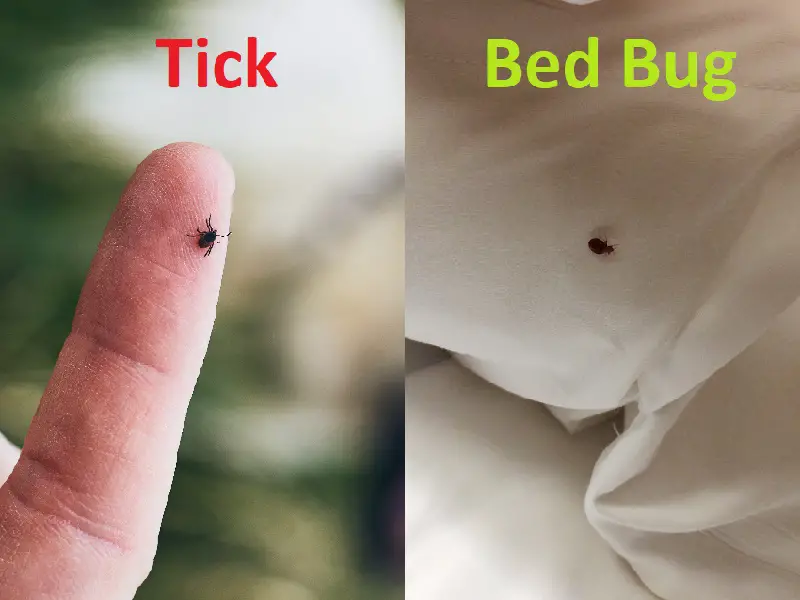
- Color
Both the parasites are red-brown and roughly the same size. Bed bugs are usually a bit bigger, but it can be hard to tell the difference because the parasite is so small.
- Stripes
Some ticks will have stripes that are tan or white on their bodies. But bedbugs never come with patterns. Bedbugs will also all be the same color, while ticks might differ from a shade of dark brown to red.
- Shape
Both the parasites have rounded bodies and look like seeds. The head being the “tip” of the seed gives them roughly the same shape.
The only difference is that ticks are not as thick or rounded as bed bugs.
- Legs
Ticks have two legs that curve upwards. The other six are far apart from these two legs. They use these six legs to move. Sometimes the two upward legs might be longer than the rest.
Bed bugs have six legs that are much thinner and unnoticeable because the legs are sort of tucked into the body.
- Variety in Size
Bed bugs in the US are all roughly the same size. In simple words, they range from the size of a rice grain to the size of an apple seed. There are only a few countable species of bedbugs, which limits their variety in size.
Ticks can be of different sizes in the US. These are typically the size of a sesame seed. On a rare occasion, a large tick was found that was the size of a pencil eraser.
3. Feeding Habit
In short, both parasites feed and live off of blood.
While feeding, a tick will bury its entire head into the animal’s or host’s skin; this makes the tick seem like it has no head and it is just a dot on the skin.
If you ever find a tick feeding on your skin or a pet’s skin, it is a bad idea to pull it. That is because the tick’s head might come off and still be nudged in there.
Bed bugs like to sit on top of the skin while feeding. They prefer feeding on human blood. While doing so, they bring out their long feeding tube and scratch some of your skin off with it. Then, using the tube like a straw, they suck out the blood through the skin.
4. Feeding Time
Bed bugs will attack you late at night. They wait for humans to fall asleep and stay still so that they can feed without being interrupted.
Ticks will feed on your pets at any time of the day.
5. Bite
After biting, ticks will latch onto the skin to suck out the blood.
Since bed bugs are more alert, they will bite you and then return to their nesting area if they sense that they are in danger.
So, if you notice a parasite biting you, and it does not run even after you move your hand, it’s probably a tick.
You must visit a doctor once you have been bitten by a tick. As they usually feed on animals, they have lots of diseases that they can spread. Lyme disease and spotted fever are common reactions to a tick bite.
Bed bugs will not give you any diseases but can cause allergic reactions.
6. Reproduction
Bed bugs can reproduce right on your bed; yuck! They can breed on any object whenever they want.
Ticks will double up if there are too many pets at your house. The chances of them increasing in number are higher when the pets go out too often.
Just one species, the brown dog tick, can live, breed, feed, and die indoors.
That is one of the main reasons bed bugs are found indoors while ticks thrive outdoors.
7. Infestation
When you pick up a bed bug, it will come home with you and reproduce. Just one female bedbug is enough to lay thousands of eggs in your house. Then they will live in clusters and keep on multiplying. You will typically find a lot of them underneath your mattress or bedding.
Ticks do not stay in clusters. They will attack a host on their own, not in teams. They wait around in the grass to latch on to an animal.
Recommended for You:
A Comparison Table: Tick vs Bed Bug
Here is a comprehended side-by-side comparison between the two parasites so that you can get a clearer overview.
| Parameter | Ticks | Bed Bugs |
| Size | 3-5mm | 6-8mm |
| Host Preference | Animals | Humans |
| Legs | 8 | 6 |
| Habitat | Outdoors, usually in the grass | Indoors |
| Disease | Can spread diseases and cause Lyme disease | Usually just cause an allergic reaction |
Key Takeaways
- Ticks are smaller in size compared to bed bugs
- Usually, ticks attack animals, while bed bugs feed on human blood
- Bed bugs are found in clusters, but a tick will attack solo if required
- Ticks can spread harmful diseases if it bites a human, but bed bugs will cause allergic reactions only
Final Words
The difference between tick and bed bugs that are noticeable to the naked eye would make differentiating them a bit easier.
Regardless of that, there are still a few characteristics that help you contrast between tick vs bed bug. Hopefully, now you will be able to tell which one is which.
